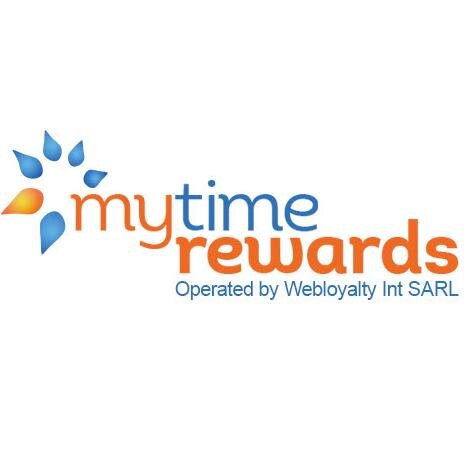


7-Eleven's 7Rewards: With more than 9,000 associated stores, this program stands as among the most robust programs in the channel.“Considering that most of their stores are smaller, and their convenience set is pretty traditional, it makes perfect sense for Murphy to do everything in its power to drive more trips to the pump,” Morrison said. Murphy USA’s Drive Rewards: With roughly 1,500 stores, most no larger than 2,000 square feet, Murphy has a reward program built around gas and its aggressive pricing strategies, along with traditional convenience fare that leverages cigarettes, drinks and snacks.But the upside is it creates urgency, which is the opposite of complacency that plagues other reward programs.” MFA Oil-owned Break Time operates about 75 stores. “There is, in my opinion, risk with this. “So if you have 130 points in February and all of a sudden it’s March 1 and you haven’t used it, sorry, but you’re back to zero,” Morrison said. The rewards app offers a multitiered approach in which customers accumulate points based on purchases and visitation frequency. What distinguishes MyTime is that the points expire at the end of the month. Break Time’s MyTime Rewards: Launched in 2017, the Columbia, Mo.-based retailer’s program had more than 132,000 members by the end of 2019.In a category track during CSP’s 2020 Convenience Retailing University in New Orleans, Mitch Morrison, CSP’s vice president of retailer relations, discussed three mobile loyalty programs with very different objectives. And the programs vary as much as the business models that govern the c-store retail landscape. NEW ORLEANS - More than 80% of the top 200 convenience-store chains in the United States offer a loyalty program.


 0 kommentar(er)
0 kommentar(er)
